The ancient city of Ephesus is a site of remarkable historical significance, with a…
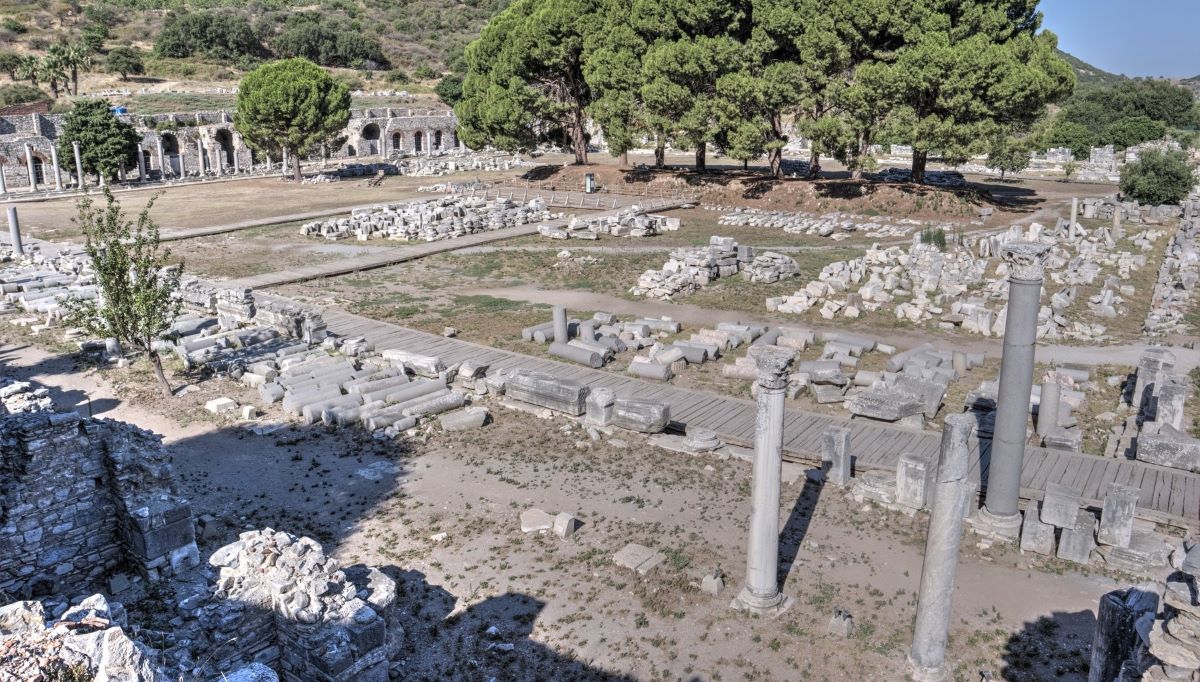
Commercial Agora in Ephesus: A Center of Ancient Trade and Commerce
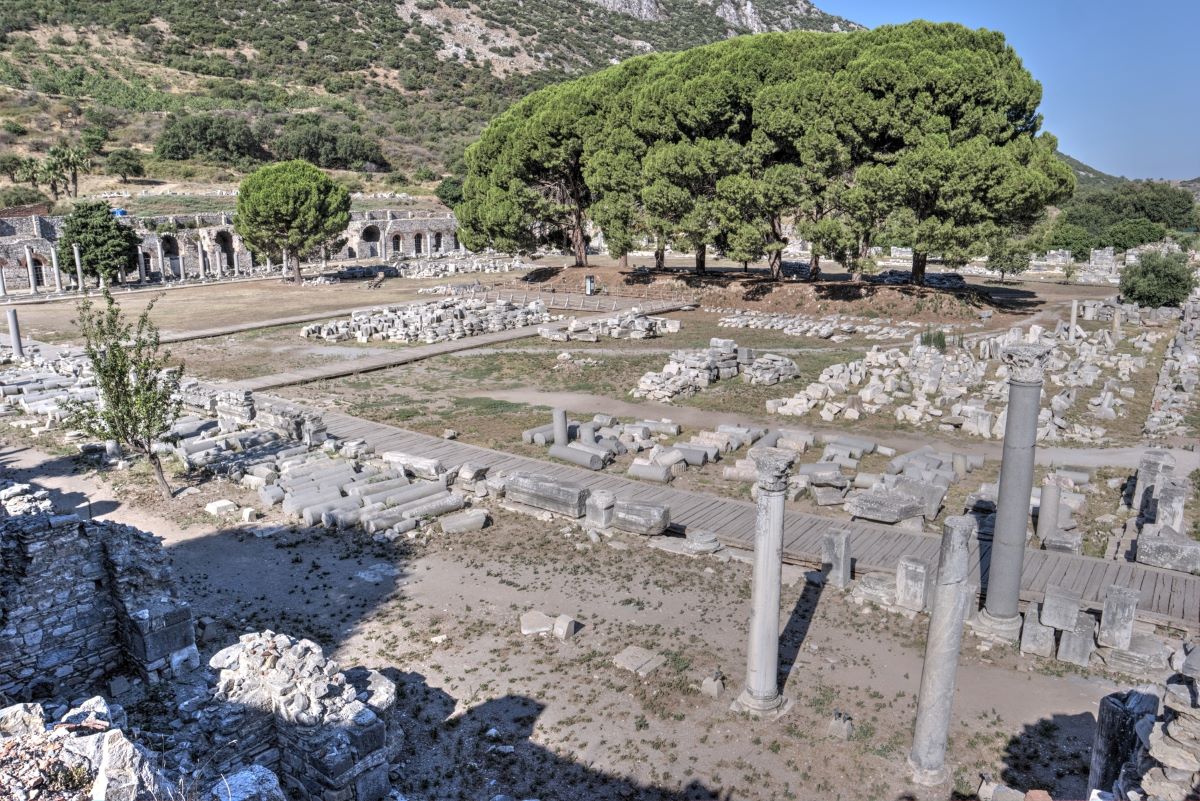
The Commercial Agora of Ephesus is a historical site of great significance. It is a testament to the ancient city’s rich history and enduring importance as a center of trade, commerce, and culture. The Agora was a bustling marketplace where people from all walks of life came together to buy and sell goods, socialize, and engage in politics. It was a melting pot of different cultures and religions, attracting merchants, travelers, and pilgrims from all over the Mediterranean and beyond.
The history of the Commercial Agora of Ephesus dates back to the 4th century BCE, during the Hellenistic period. At the time, the city was already a prominent center of trade and commerce, with access to major trade routes and natural resources. The Agora was built to serve as a central marketplace for everyday goods and services, such as food, textiles, and pottery.
During the Roman era, the Commercial Agora underwent significant renovations and expansions, becoming even more grand and impressive. The market was surrounded by a colonnaded portico with two levels of shops, creating a covered walkway for shoppers to browse and buy in all weather conditions. The portico was supported by rows of marble columns, some of which still stand today, providing a glimpse into the grandeur of this ancient market.
The Commercial Agora was not just a place for buying and selling goods, but also for socializing, entertainment, and politics. It was a place where people of all classes and backgrounds could come together and interact. The Agora had several public buildings, including a temple dedicated to the goddess Isis, a library, and a bouleuterion or council house, which was used for political meetings.
The market was home to a diverse group of merchants who sold goods from all over the Mediterranean and beyond. It was a hub for the exchange of ideas, culture, and technology, as well as a source of economic growth and prosperity for the city. The Agora also attracted travelers and pilgrims who came to visit the nearby Temple of Artemis, one of the Seven Wonders of the Ancient World.
The Commercial Agora of Ephesus was a melting pot of different cultures and religions. It was home to Greeks, Romans, Egyptians, Jews, and other peoples, each bringing their own traditions and customs to the market. The Agora was a place where people could learn from one another and exchange ideas, making it a center of intellectual and cultural exchange.
Despite its significance, the Commercial Agora in Ephesus fell into decline after the 6th century CE, as the city’s population dwindled and trade routes shifted. It eventually became abandoned and forgotten, until excavations began in the early 20th century, revealing its historical and cultural importance.
Today, visitors can explore the ruins of the Commercial Agora in Ephesus and get a glimpse of what life was like in this ancient market. The site is open to the public and includes a museum with exhibits showcasing the Agora’s history and artifacts uncovered during the excavation process.
The Commercial Agora of Ephesus is a fascinating historical site that tells the story of an ancient city’s commercial and cultural significance. It is a testament to the enduring legacy of the people who lived and worked there, and to the importance of trade and commerce in the ancient world. A visit to this historic site is a must for anyone interested in ancient history, architecture, and culture.

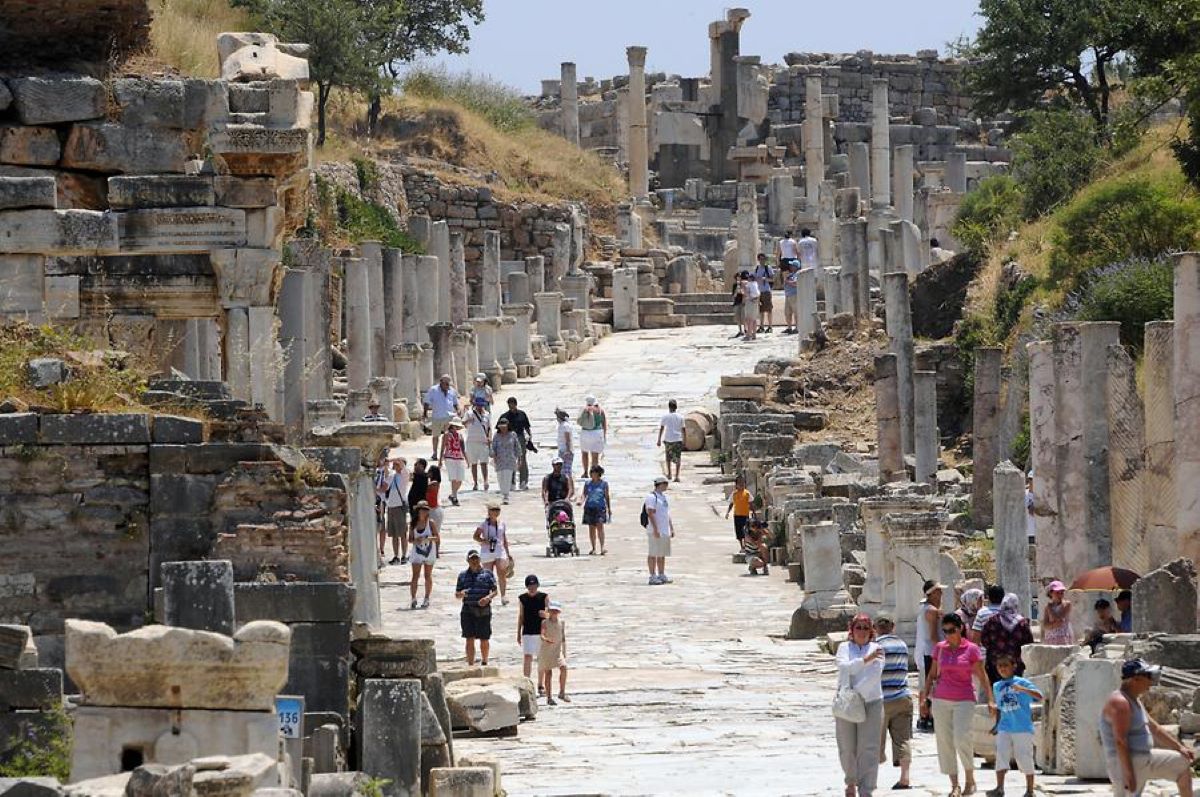
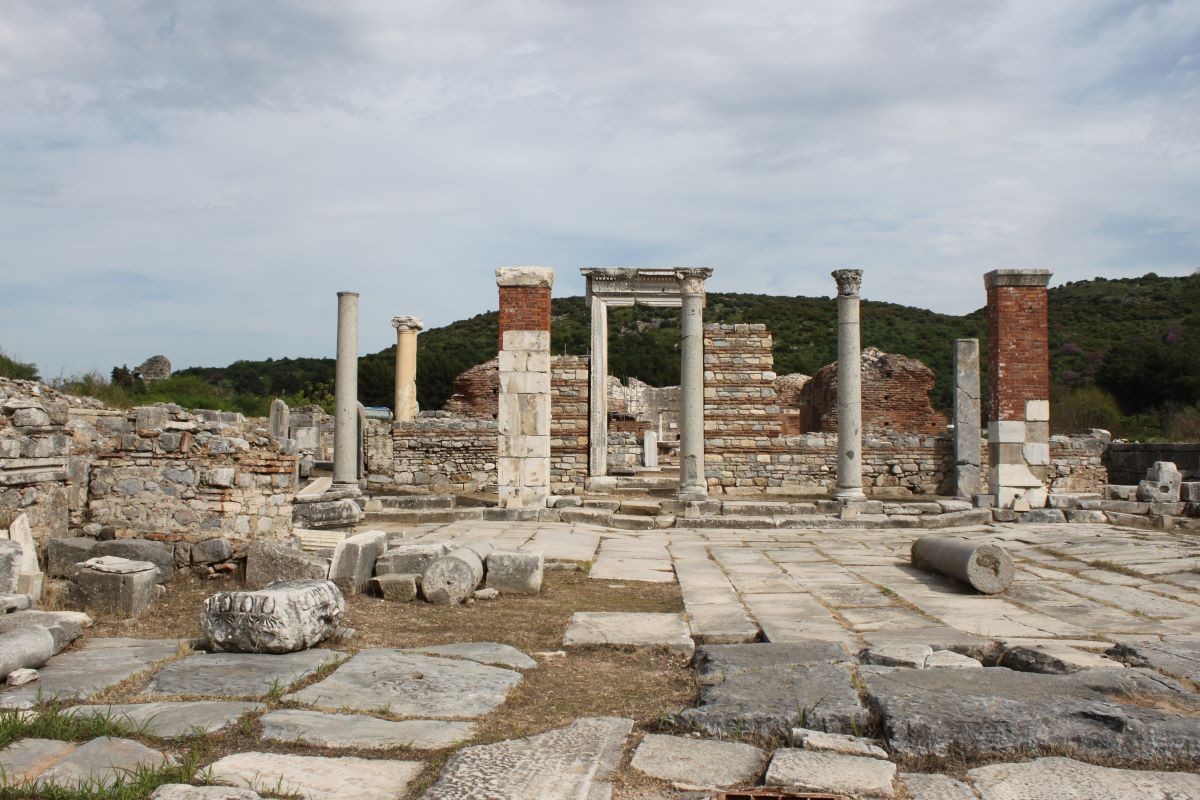
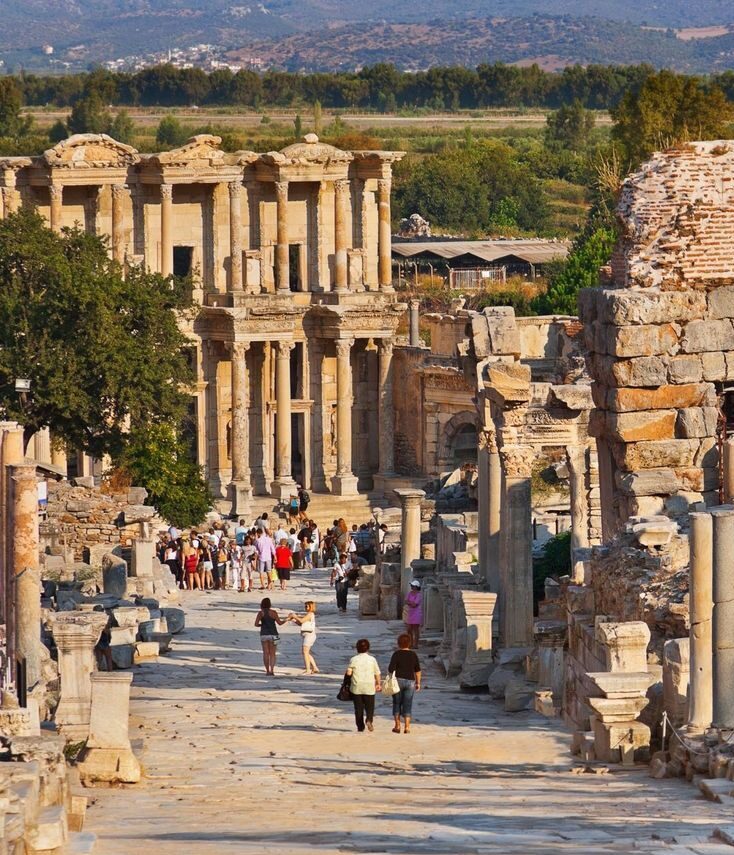
This Post Has 0 Comments